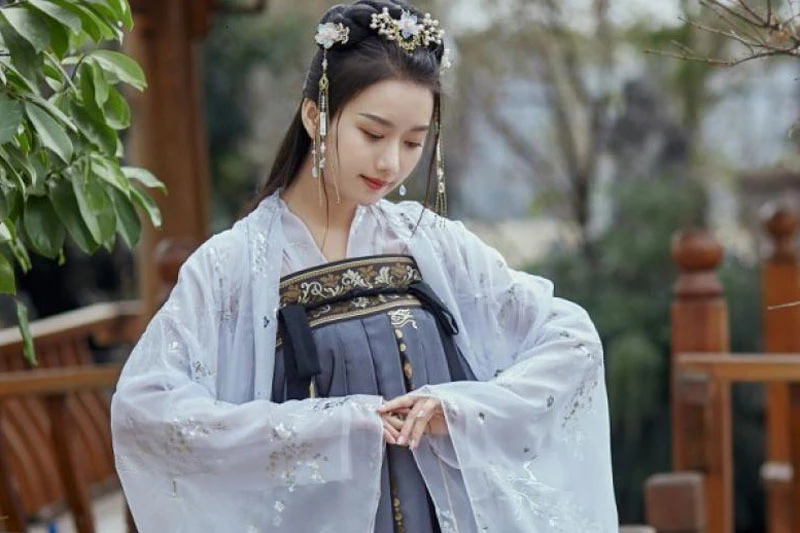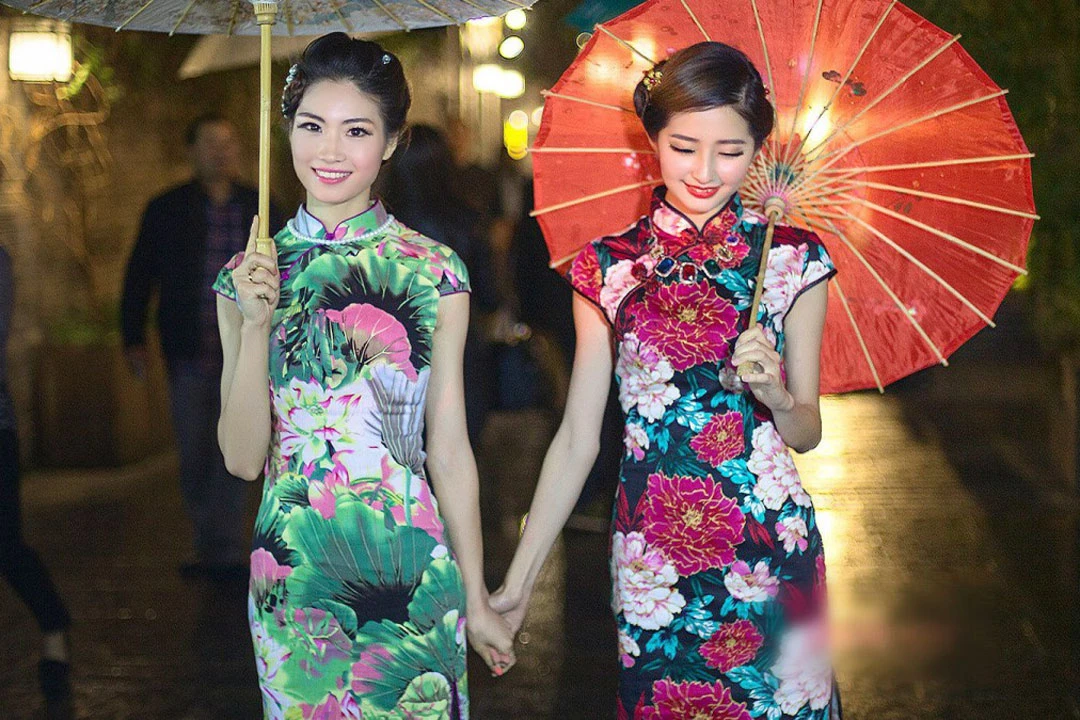The Qing dynasty (1644-1912) represents a pivotal era in Chinese history when the Manchus, a minority ethnic group from Northeast China, conquered and ruled over the Han Chinese majority. This convergence sparked intermixing but also tensions between Manchu and Han identity politics, clearly reflected in stark differences mandated between their dress codes. Exploring the dichotomy between Manchu “Qi” styles and Han clothing provides insight into this complex cultural interplay.
The Qing Dynasty: Unification Under Manchu Rule
The Qing dynasty marked the consolidation of China under Manchu authority after the Manchus established the Later Jin dynasty in 1616 and subsequently overthrew the Ming dynasty. The Manchus, led by Nurhachi and his son Hong Taiji, embarked on decisive campaigns to conquer Han Chinese territories.
In 1644, Li Zicheng led a peasant revolt to overthrow the Ming capital in Beijing. As Ming defenses crumbled, General Wu Sangui, overlord of fortified Shanhai Pass, fatefully allowed Manchu forces through the Great Wall to suppress Li’s uprising. This enabled the Manchus to seize Beijing and initiate Qing dynasty rule over China.
To control the vastly larger Han population, the Qing emperors enforced strict distinctions between Manchu and Han culture, most visibly epitomized in dress.
Manchu Qi Wearing Style
The conquering Manchus sought to reinforce their minority rule by forcing Manchu modes of dress and hairstyle onto the Han population. This Qi attire included:
- Changfu – a long, voluminous robe with a loose waist and pleated skirt, embroidered with ornate patterns denoting status
- Ma Gua – a jacket worn over the Changfu, distinguished by cuffs turned inward into “horse-hoof” shapes
- Ku – a collared cloak fitted over the Changfu robe for outdoor wear
- Hats and headdresses like the formal weaving Ji and Riding Cap indicating military or civil rank
Manchu men shaved their foreheads and wore a braided queue hairstyle as a symbol of submission to Qing authority. Over time, the Manchu ruling class selectively adopted elements of Han clothing while prohibiting commoners from wearing Qi dress to reinforce social hierarchy. Female hanfu also influenced Manchu women’s dress. Empresses and consorts wore elaborations of Han-style phoenix coronets, floral brocade and feminine collar styles. Paintings of Qing ladies reveal richly patterned gowns fusing Han and Qi elements.
Key Differences Between Manchu Qi Outfit and Hanfu
Despite some cultural hybridity, certain distinctions remained between archetypal Qi versus Han styles:
Qi Manchu Clothing:
- Long voluminous robes and coats with horsehoof sleeves
- Fur trims, silk satin, patterned brocade fabrics
- Hats and headdresses denoting status
- Bright folk patterns on women’s dresses
- Loose braided hairstyles with shaved forehead
Han Chinese Hanfu:
- Wraparound collars and right lapel
- Open wide sleeves off the shoulder
- A-line robes tied with silk sashes
- Subtle color gradations and natural motifs
- Phoenix coronets and floral hairpins for women
- Long hair worn up in buns for men
These contrasting silhouettes, fabrics, accessories, and grooming customs reflected the two ethnicities’ distinct cultural histories and political positions. While some assimilation occurred, deliberate differences endured throughout the dynastic era as identity markers.
Lasting Cultural Legacy
The Qing dynasty’s complex social dynamics between Manchu rulers and the Han majority left an indelible imprint on Chinese history. The contentious power dynamics and enforced differences between Qi and Hanfu underscore the turbulence between the dual ethnicities.
Over two centuries, cultural fusion naturally occurred. Today hanfu retains some Manchu influences, like collar shapes and colorful embroidery, that became indelibly incorporated into modern national dress. Yet the traditional silhouettes remain distinctly Han.
The uneasy interface between Qi and Han attire in the Qing dynasty provides insight into ethnic politics that still resonate in China. The contrasts highlight how dress channels cultural and political identities in complex inter-community dynamics – identities that persist through the constant tides of history.


